Author: Steve Thanos
There are likely few, if any, brewers who haven’t experienced the childlike excitement that comes from learning that their favorite variety of the latest year’s hop crop is available for purchase. As is the case with most agricultural products, factors such as growing conditions and farming practices are known to cause some crop year variation in hops, meaning the freshest may not be exactly the same as versions from prior years.
In addition to freshness, age is another factor widely viewed as impacting hop quality, as the oils they possess tend to degrade over time. For brewers who prefer purchasing their hops in bulk, it’s not uncommon to have certain varieties around for quite some time, though despite the oft discussed concerns, many have reported positive results when using older hops that have been stored properly.
While sifting through my freezer recently, I came across an unopened bag of Triumph hops from the 2018 crop year that I’d completely forgotten about, which is why I ordered another bag from the 2020 crop year. With both still vacuum sealed in their original Yakima Valley Hops bags, I designed an xBmt to see for myself what impact using the same hop variety from different crop years might have.
| PURPOSE |
To evaluate the differences between an American IPA made with Triumph hops from the 2020 crop year and one made with the same variety harvested in 2018.
| METHODS |
Wanting to showcase any differences, I went with a single-hop version of my Midwest IPA recipe for this xBmt.
Pomp & Circumstance
Recipe Details
| Batch Size | Boil Time | IBU | SRM | Est. OG | Est. FG | ABV |
|---|---|---|---|---|---|---|
| 5 gal | 60 min | 68.4 | 7.6 SRM | 1.063 | 1.011 | 6.83 % |
| Actuals | 1.063 | 1.011 | 6.83 % | |||
Fermentables
| Name | Amount | % |
|---|---|---|
| Pale Malt | 8.5 lbs | 77.27 |
| Munich | 1 lbs | 9.09 |
| Vienna | 1 lbs | 9.09 |
| Caramel Malt 20L | 8 oz | 4.55 |
Hops
| Name | Amount | Time | Use | Form | Alpha % |
|---|---|---|---|---|---|
| Triumph | 14 g | 60 min | Boil | Pellet | 11 |
| Triumph | 28 g | 10 min | Boil | Pellet | 11 |
| Triumph | 34 g | 5 min | Boil | Pellet | 11 |
| Triumph | 64 g | 10 min | Aroma | Pellet | 11 |
| Triumph | 84 g | 5 days | Dry Hop | Pellet | 11 |
Yeast
| Name | Lab | Attenuation | Temperature |
|---|---|---|---|
| Dry Hop (A24) | Imperial Yeast | 78% | 32°F - 32°F |
Notes
| Water Profile: Ca 36 | Mg 12 | Na 9 | SO4 27 | Cl 17 |
Download
| Download this recipe's BeerXML file |
I started my brew day by collecting 2 identical volumes of filtered water.
After adjusting both sets of water to the same desired profile and getting them heating up, I milled the grain into separate bins.
Once the water for each batch was adequately heated, I incorporated the grains then checked to make sure both were at the same target mash temperature.
While the mashes were resting, I weighed out identical amounts of each hop.
Once each 60 minute mash was complete, I pulled the grains then boiled the worts for 60 minutes before quickly chilling them.
Refractometer readings showed the worts were 0.003 OG different, which was small enough to be of minimal concern to me.
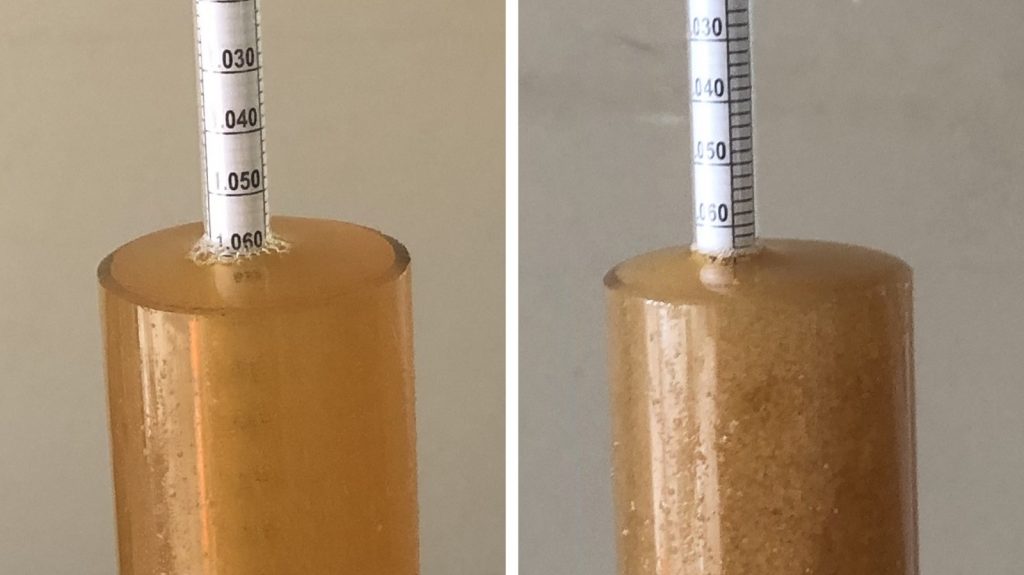
The filled carboys were placed in my chamber and left to finish chilling to my desired fermentation temperature of 66°F/19°C for a few hours before I pitched a pouch of Imperial Yeast A24 Dry Hop into each.
After a few days of fermentation, I added identical dry hop amounts from either crop year to each batch then let them minge with the beers for another week before taking hydrometer measurements showing similar levels of attenuation in each batch.
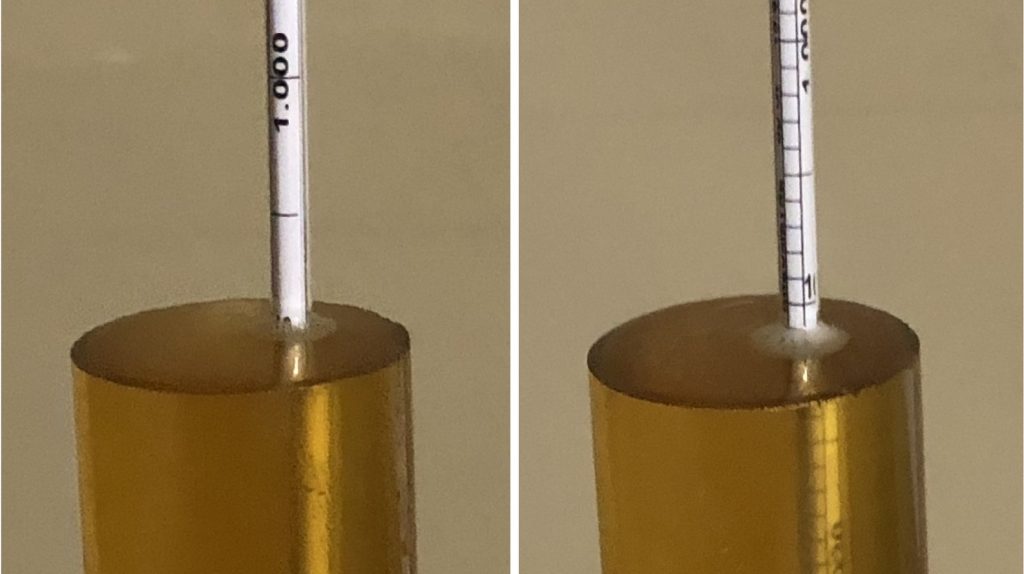
At this point, I racked the beers to sanitized kegs and placed them in my keezer and left on gas for 3 weeks before I began my evaluations.
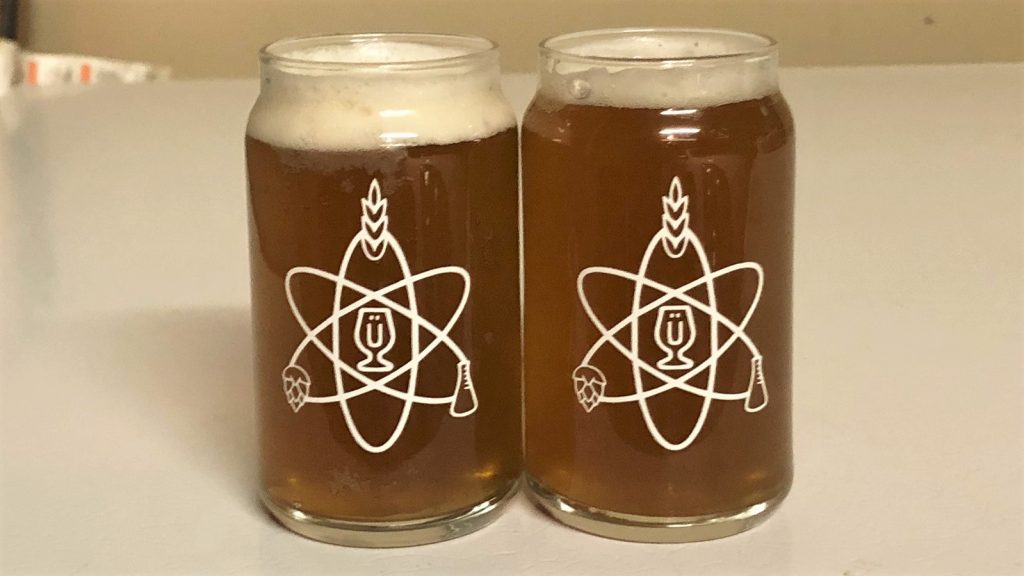
| RESULTS |
Due to social distancing practices as a result of the COVID-19 pandemic, data for this xBmt was unable to be collected in our typical manner. As such, temporary adaptations were made involving the author completing multiple semi-blind triangle tests in as unbiased a way as possible.
Utilizing 4 opaque cups of the same color where 2 were inconspicuously marked, one set was filled with the beer made with Triumph from the 2020 crop year and the other set was filled with beer made with Triumph from the 2018 crop year. For each triangle test, 3 of the 4 cups were indiscriminately selected, thus randomizing which beer was the unique sample for each trial. Following each attempt, I noted whether I was correct in identifying the unique sample. Out of the 10 semi-blind triangle tests I completed, I needed to identify the unique sample at least 7 times (p<0.05) in order to reach statistical significance. In the end, I correctly identified the unique sample just 4 times (p=0.44), indicating my inability to reliably distinguish an IPA made with 2020 Triumph hops from one made with 2018 Triumph hops.
Even when sampling these beers side-by-side and fully knowing the variable, I thought they were perceptibly identical, which was confirmed by my triangle test performance. Both had the fruity peach, orange, and lime notes Triumph hops are known for, which when combined with the characterful grain bill, made for a very inviting and enjoyable beer.
| DISCUSSION |
Buying ingredients in bulk is not only an easy way for brewers to save some money, but also allows for unplanned brew days. One consideration when doing this is that having so much on-hand usually results in some ingredients being stored over time, and when it comes to hops, it’s widely believed this can lead to a gradual deterioration in quality. My inability to reliably distinguish an IPA made with 2020 Triumph hops from one made with the same variety from the 2018 crop years suggests any differences were minimal enough as to be imperceptible to me.
In addition to suggesting little qualitative change in hop character as a function of storage condition and time, these results also indicate decent between-year consistency for Triumph hops. I’m confident differences would have been more apparent had the 2018 hops been stored in less ideal conditions, and it’s possible other factors such as usage rates and beer style may have had an impact, though I’m personally sticking with Occam on this one—the hops were simply more similar than different.
As someone who has had good success using older hops, the results of this xBmt weren’t terribly surprising to me and reinforce my perspective on proper storage conditions, namely vacuum sealing hops and keeping them in the freezer. As such, I’ll continue buying hops in bulk and not feeling pressed to use them immediately.
If you have any thoughts about this xBmt, please do not hesitate to share in the comments section below!
Support Brülosophy In Style!
All designs are available in various colors and sizes on Amazon!
Follow Brülosophy on:
FACEBOOK | TWITTER | INSTAGRAM
If you enjoy this stuff and feel compelled to support Brulosophy.com, please check out the Support page for details on how you can very easily do so. Thanks!


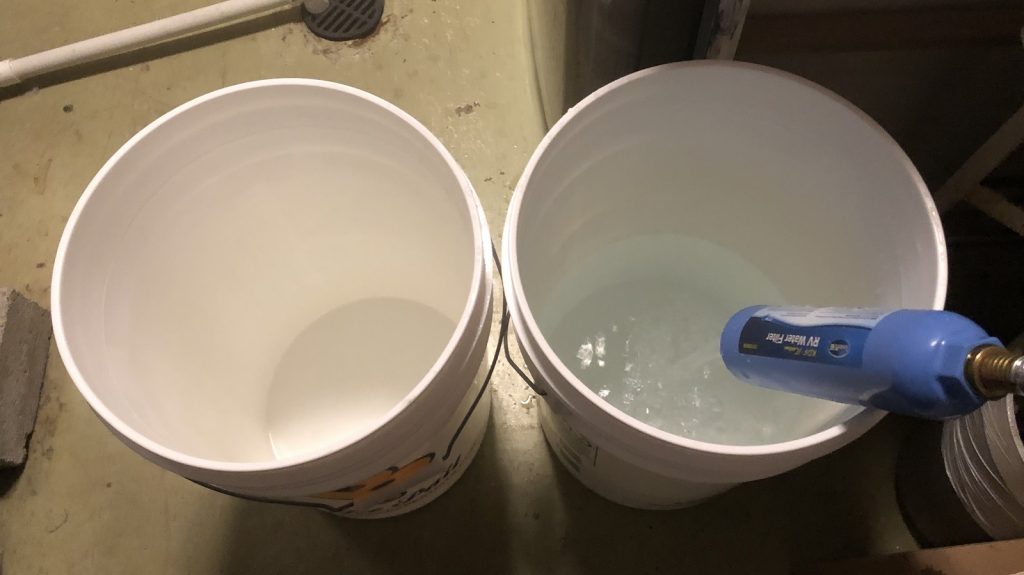
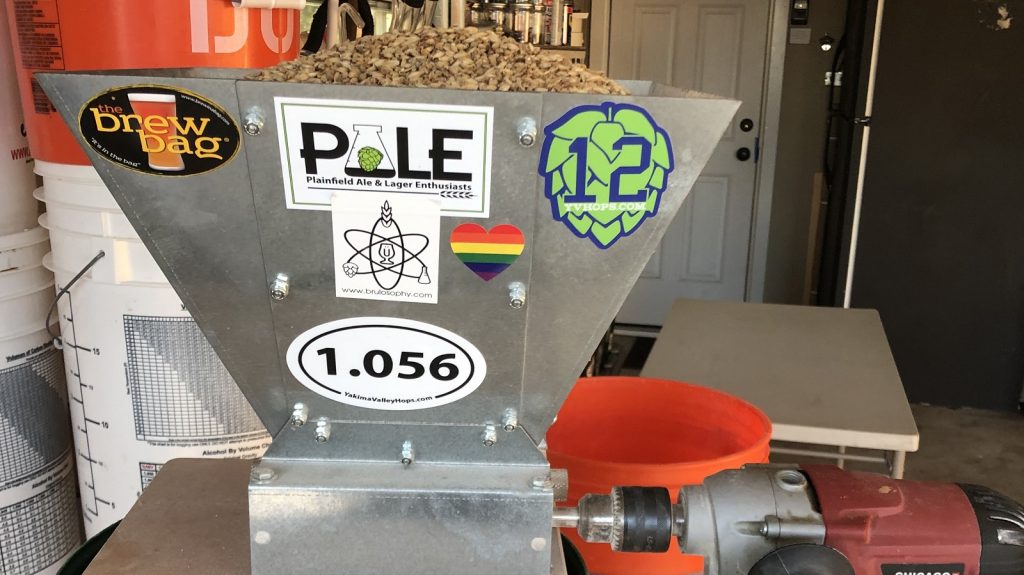
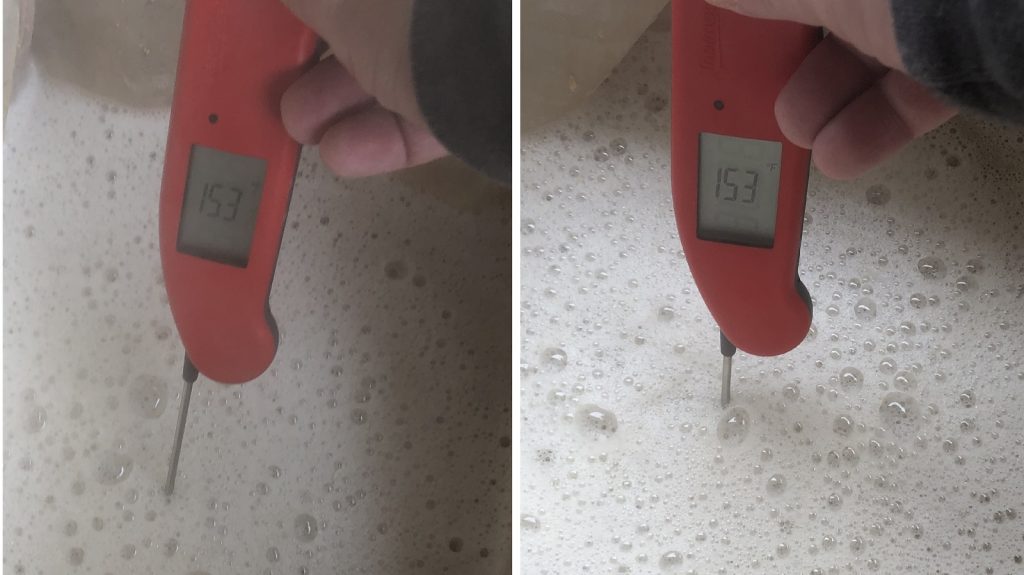
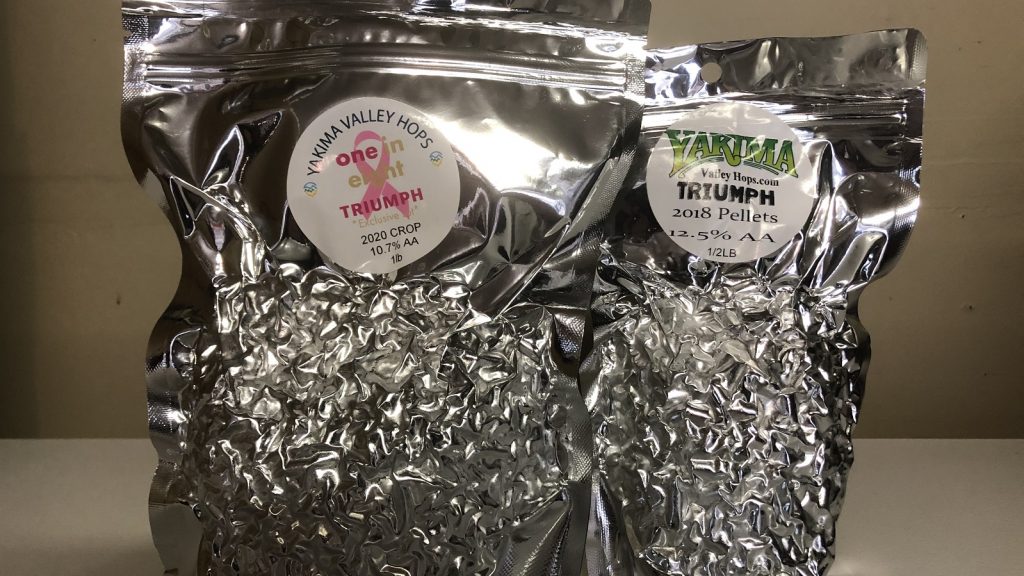
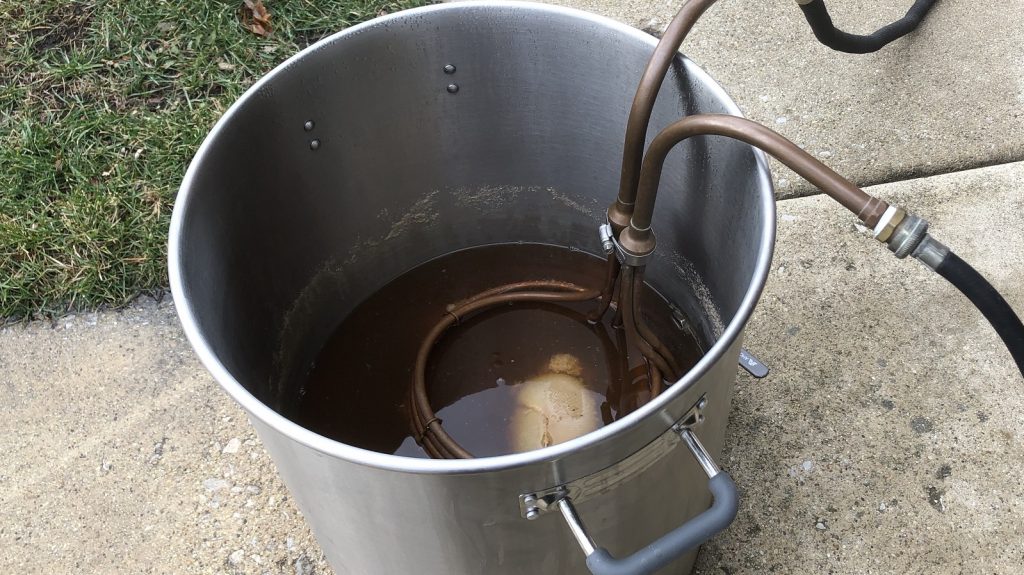
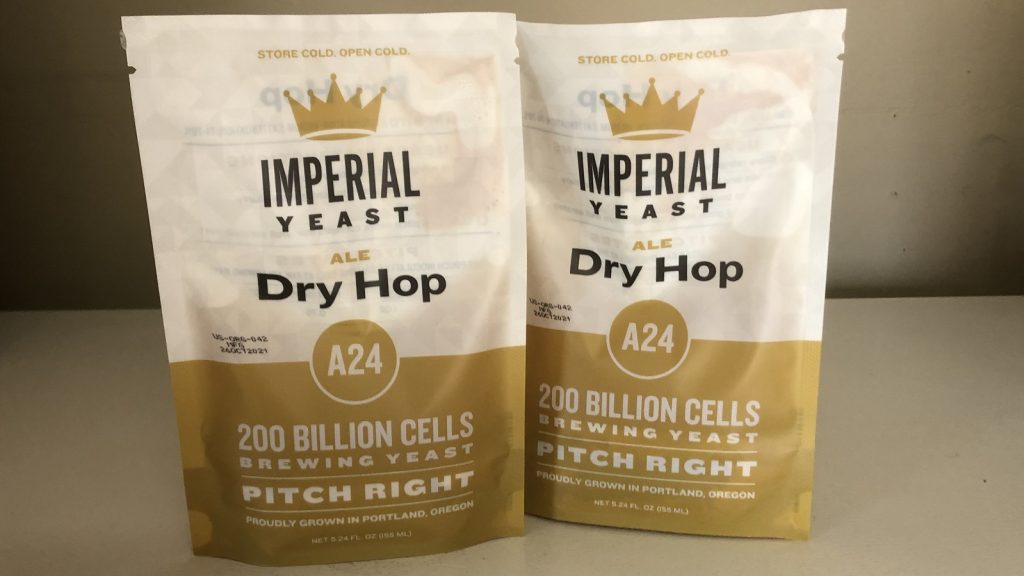











7 thoughts on “exBEERiment | Impact Using Old Triumph Hops Has On An American IPA”
Interesting idea! Not to be too critical of the experiment’s process, but just thinking that perhaps there would be a noticeable difference in flavor if you were to add the hops later in the boil, such as flameout and whirlpool.
I can’t help but think that you’re losing much of the particular flavors by adding in before and at the 10 minute mark, and getting mostly isoalpha-acids from the hops in the end.
Easy for me to say from my armchair. Cheers!
Danny,
I hear what you’re saying. I honestly don’t think I would have perceived a difference with the late additions as you are suggesting. Cheers!
Interesting experiment, I am one to buy older crop hops in bulk due to the price savings and this helps to solidify my decision. I wonder if a given hop variety that showed a change in a given crop year would be more significant, or same crop year from different suppliers (yvh vs hopsdirect or yakima chief) to potentially show even minimal terroir differences.
Let the experimenting continue!
Did you use the same amount of hops for both batches or did you adjust for different aa? I noticed in the pic that the 2018’s had a higher aa. If you used the same amount for both this could suggest that the bittering power of the older ones could have drgraded a little or that the difference in bitterness just wasn’t enough to be noticed.
Yes, both batches received the same hop additions.
Just a hint…no more COVID excuses, please! This “social distancing” is giving us all tired head. Invite your friends over, and enjoy sampling beers. We do that all the time. And…no one wears a mask, and we are not afraid to sit at the same table.
Cheers!